Baseball continues to be one of the most popular youth sports in North America. More than 3 million kids in the U.S. play the game and about 10 million children play worldwide. They are not alone. In 2022, approximately 20% of Americans between the ages of 18 and 64 also play baseball, according to Statista. Every one of them do so with a baseball glove.
Prices have risen substantially since I was a kid. Today, the price of these baseball gloves can range from $20 to $400, depending on the kind of materials involved. Back in the day, most kids in my neighborhood kept their glove next to the bed. A typical summertime day started with pick-up games in the morning, followed by practice in the afternoon, and a little league game starting at 6 P.M.
In this age of the internet, children (ages 6 to 18) probably play less than we did, but they still spend four hours during the week in free play, another 6.5 hours in practice and training, and 4.5 hours at games, according to TeamSnap, a mobile and web service for managing recreational and competitive sports teams and groups.
Overall, the global baseball equipment market is valued at $13.3 billion in 2022 and is expected to top $16.6 billion by the end of 2027. Gloves account for a large share of those overall sales. COVID-19 dented sales, as well as the number of children who played baseball in 2020 and 2021. However, the long-term growth rate has turned back up. Analysts expect baseball equipment should return to its historical growth rate of 3.2% annually.
For those who do not play baseball, there are different types of gloves depending on what position is played, the size of the glove and dominant hand. Common glove types include outfield and infield gloves, first base and catcher’s mitts, and pitcher’s gloves.
There are various types of gloves from the cheapest to the most expensive. There are plenty of lightweight and flexible gloves with enough padding constructed of all-synthetic fabrics. Many of these designs can resist moisture and absorb impact. These are normally the cheapest gloves (good for starters), but prone to breaking over time.
Full-grain, or cowhide, leather gloves are more expensive ($30-$60), and are thicker, and more durable, but require time to break in. These are the gloves most familiar to players of my age. The problem is they require time, effort, and a lot of glove oil to break them in, molding them to your hand, and your play.
There are more expensive choices like steer hide leather gloves ($75-$300), that are even more durable and the choice of many amateurs, as well as professional players. Finally, another high-end product, the kidskin glove, is usually the favored choice of certain professionals and can fetch as much as $400 a glove. Infielders love these mitts. Light, smooth, and yet, durable, they balance comfort with ruggedness.
The top brands in this market include Wilson, Rawlings, Easton, Akadema and Mizuno, among others. Many baseball manufacturers are based in the U.S. However, many of these companies now outsource to other regions in order to reduce costs. In the 1960s, production shifted to Asia in places such as the Philippines, Vietnam and, of course, China.
Most of the wholesale baseball glove manufacturers are based in China. China boosts the factories, workforce, and training to deliver large orders in time. The quality is equal to most brand-name products, but at much lower prices. These are the gloves usually purchased by schools, clubs, sports centers, and youth leagues.
There is only one place in the U.S. that still manufactures baseball gloves from top to bottom. Based in Nocona, Texas, and founded in 1926, Nokona has been making baseball gloves in a small brick factory since the Great Depression era.
The process of making a glove requires about 40 steps and can take four hours to complete. Basic parts of a glove include the bridge, web, heel pad, hinge and the lacing. As a result, Nokona’s gloves can run many times the price of a competitor’s mitt that is produced on an assembly line. For example, a 9-inch kid’s glove that you can pick up for $8 at your local big box store would cost $220 at Nokona for an equivalent sized glove.
Surprisingly, most professionals have little interest in custom gloves. They usually purchase gloves from one of the many manufacturers. Rawling’s and Wilson’s gloves seem to be the manufacturer of choice for many pros. The good news, in my opinion, is that some things stay the same. Yes, the price has gone up by several multiples, but several generations can still relate to that feeling of slipping one’s hand into a well-used glove as the game begins.
Bill Schmick is registered as an investment advisor representative of Onota Partners, Inc., in the Berkshires. Bill’s forecasts and opinions are purely his own and do not necessarily represent the views of Onota Partners, Inc. (OPI). None of his commentary is or should be considered investment advice. Email him at bill@schmicksretiredinvestor.com.


 Titan, a four-month-old service dog in training, greeting the Sher brothers, Eli and Noah, at the Hunt Library Wednesday, April 16. By Patrick L. Sullivan
Titan, a four-month-old service dog in training, greeting the Sher brothers, Eli and Noah, at the Hunt Library Wednesday, April 16. By Patrick L. Sullivan A heavily modified 1951 Ford F1 pickup truck on display during the Car and Motorcycle Show in July. By Patrick L. Sullivan
A heavily modified 1951 Ford F1 pickup truck on display during the Car and Motorcycle Show in July. By Patrick L. Sullivan 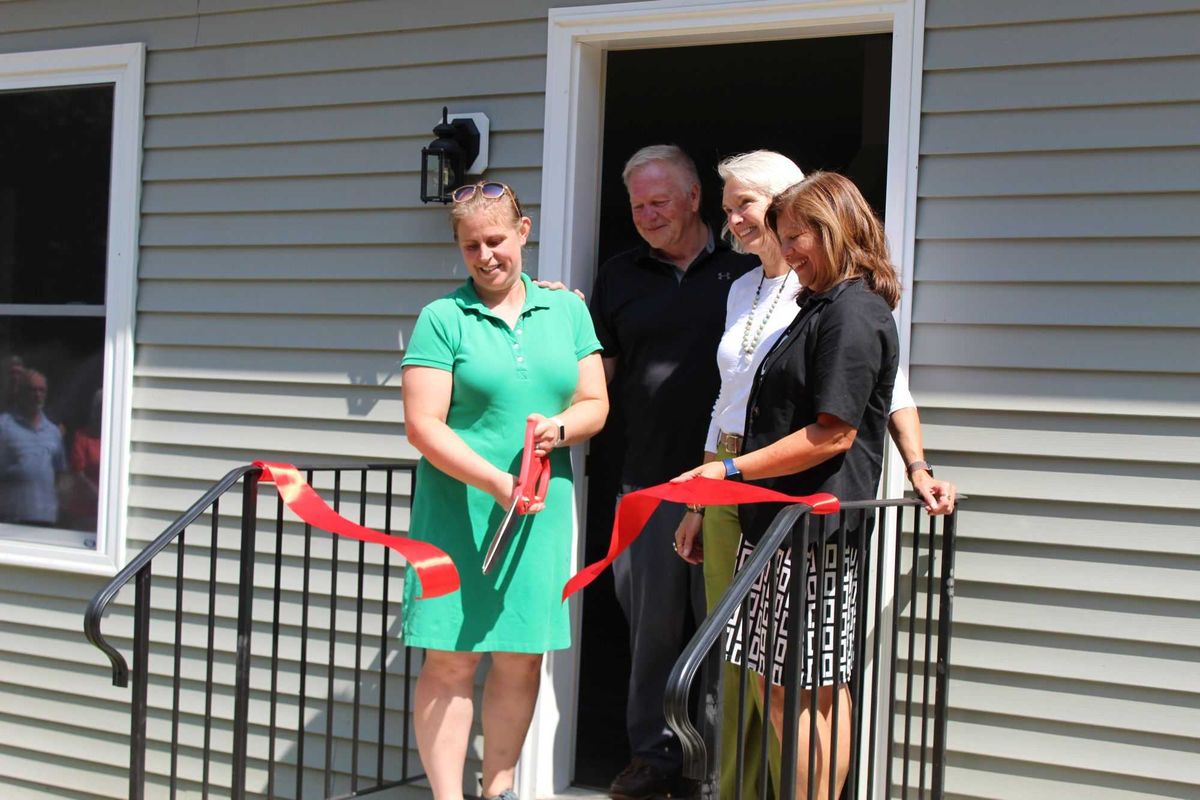
 The Rev. Heidi Truax retired after 16 years at the helm of Trinity Episcopal Church in Lime Rock.By Patrick L. Sullivan
The Rev. Heidi Truax retired after 16 years at the helm of Trinity Episcopal Church in Lime Rock.By Patrick L. Sullivan The summer reading program at the Scoville Memorial Library wrapped up Aug. 23 with an emphasis on bubbles. Lots of bubbles.By Patrick L. Sullivan
The summer reading program at the Scoville Memorial Library wrapped up Aug. 23 with an emphasis on bubbles. Lots of bubbles.By Patrick L. Sullivan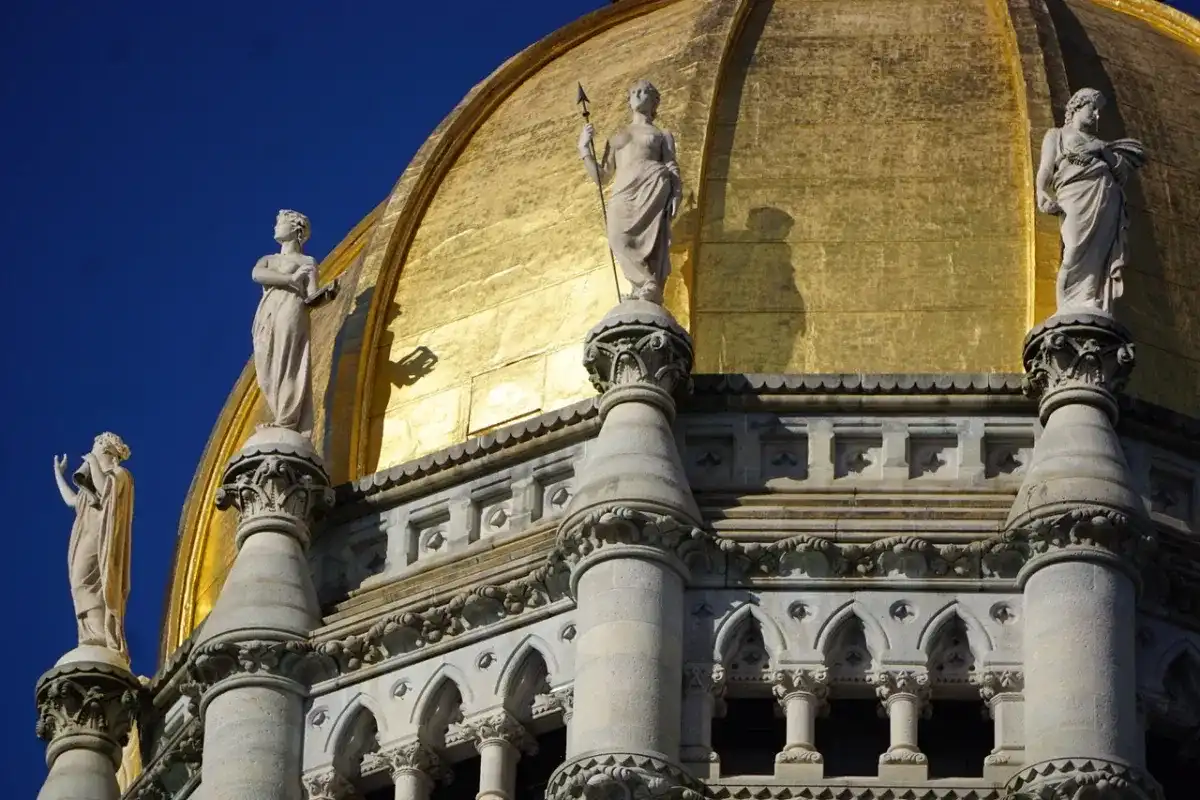
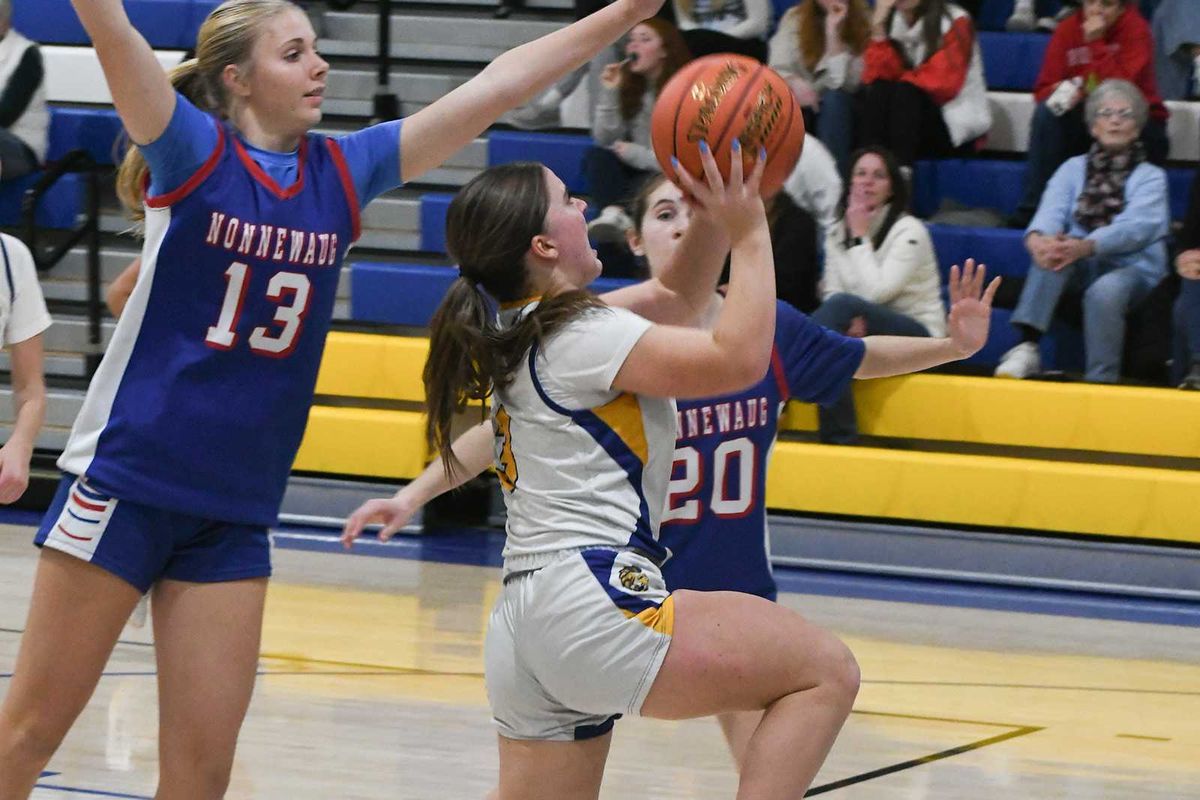
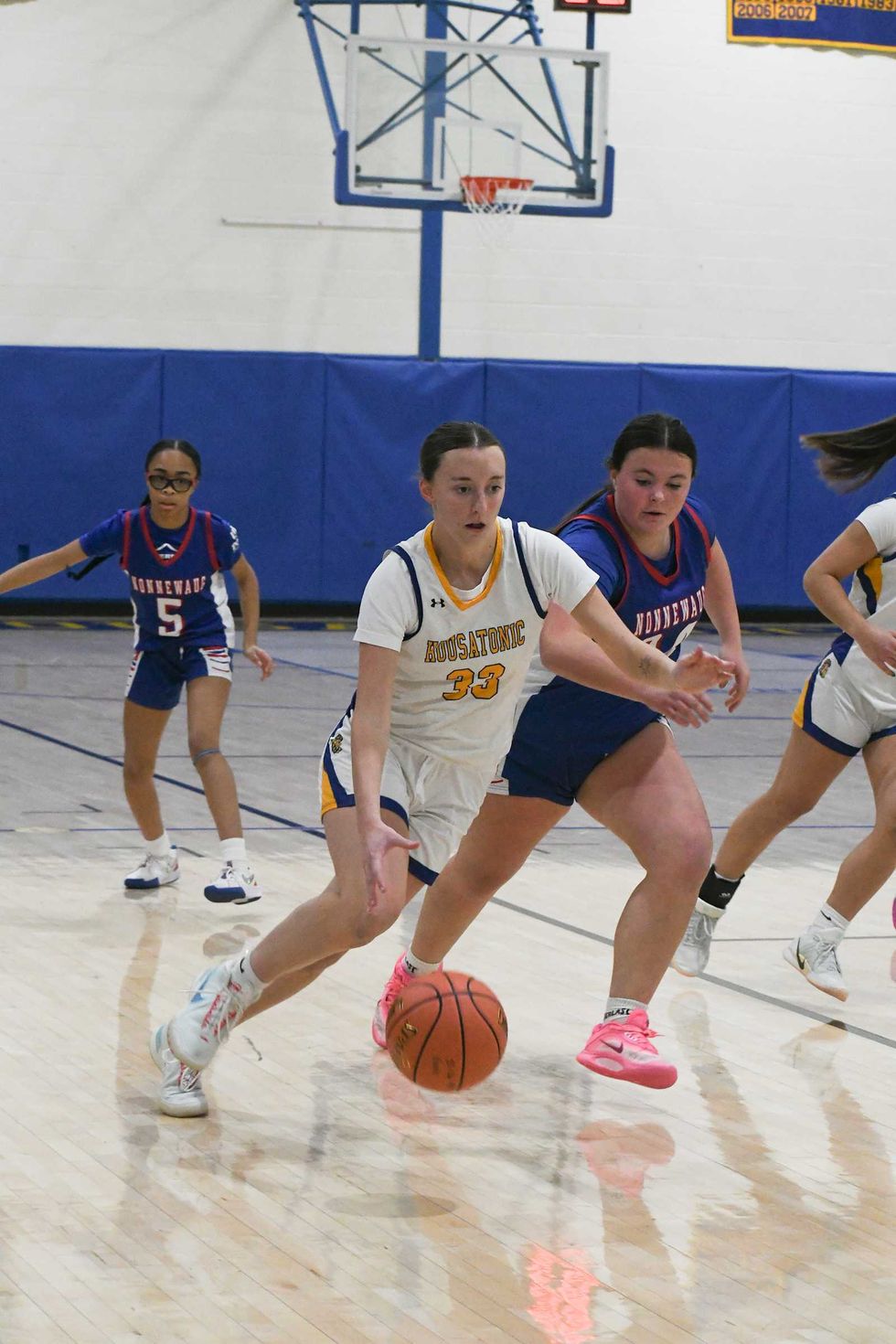
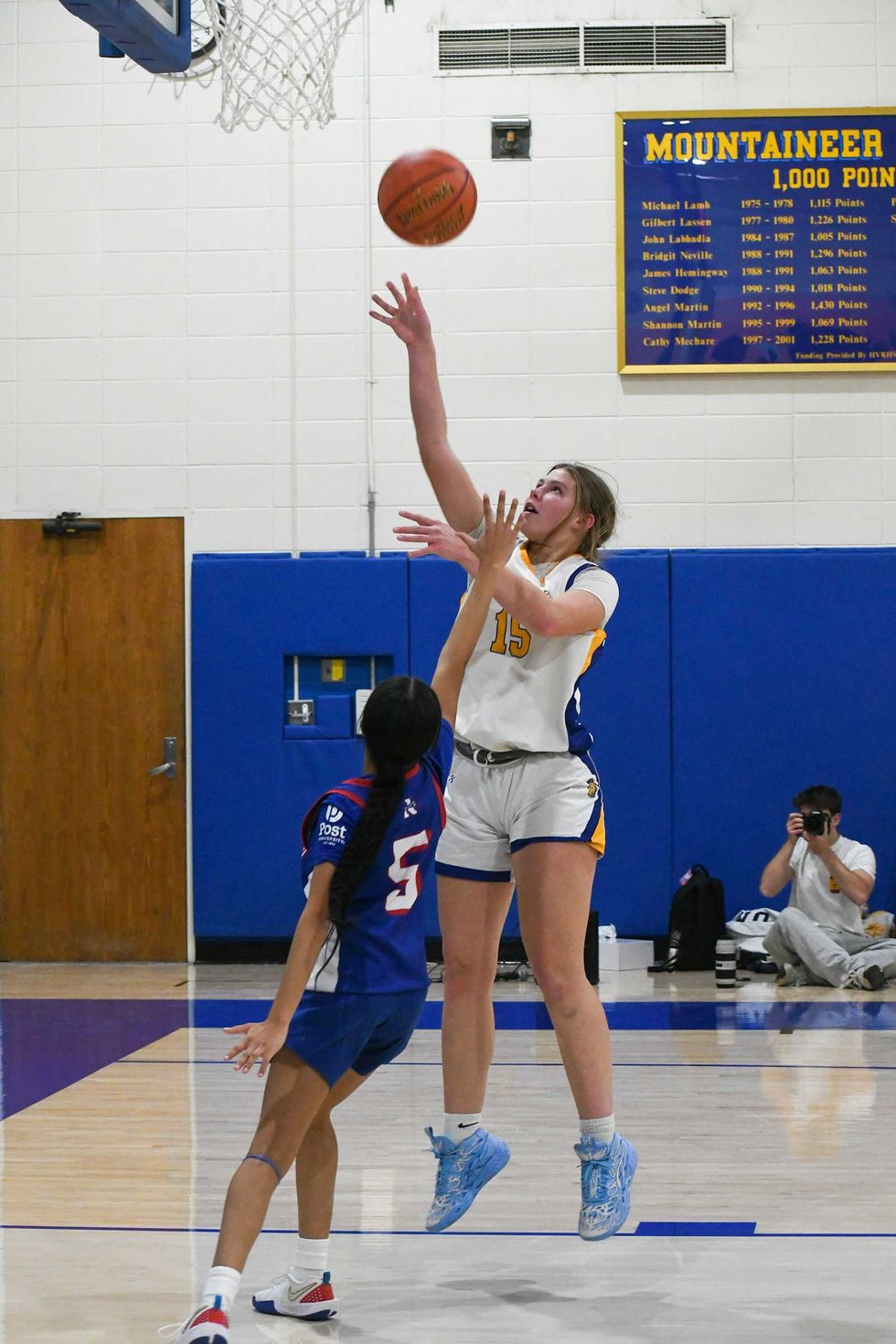
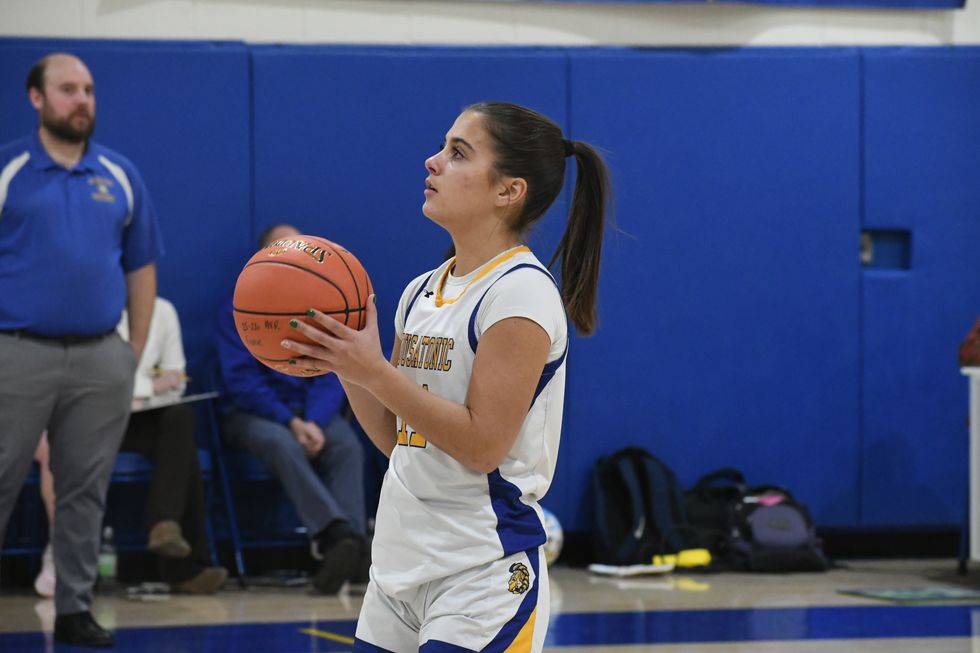





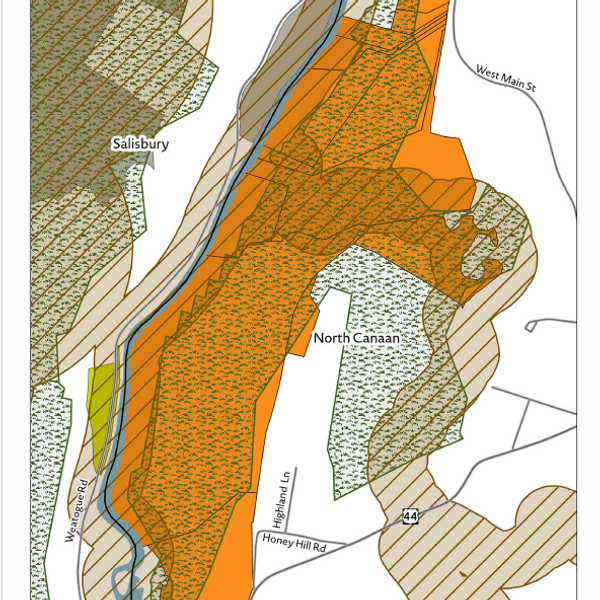
The beloved baseball glove